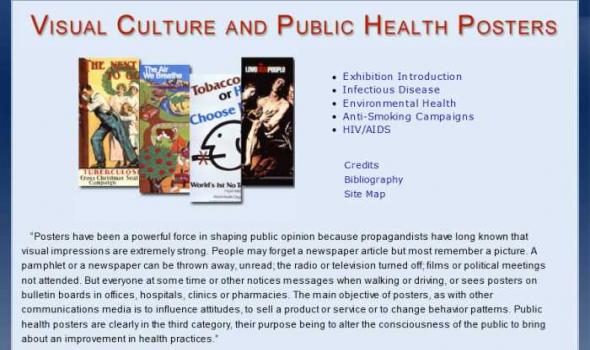Category: Anatomy & Physiology, Biology, U.S. National Library of Medicine, United States, Maryland
Results
History of Medicine In 1816, an Englishwoman still in her teens, Mary Shelley, conceived the story of a scientist obsessed with creating life. Shelley's scientist, Victor Frankenstein, succeeds. But while Frankenstein's creature can think and feel, he is monstrous to the eye. Spurned by all, including Victor Frankenstein himself, the embittered creature turns into a savage killer. In 1818, Shelley's story was published as Frankenstein; or, The Modern Prometheus . This story — both in the original novel and shaped into new forms, such as plays, films, and comics — has captivated people ever since, exposing hidden, sometimes barely conscious fears of science and technology.
The History of Medicine Division of the National Library of Medicine has a rich collection of illustrated anatomical atlases dating from the 15th to the 20th century. The Historical Anatomies on the Web Project has been designed to broaden access to this collection by providing high-resolution downloadable scans of selected important images from the atlases. Atlases and images have been chosen for their historical and artistic significance by the project's content coordinator, Michael North. Important images may be omitted if the atlas is damaged or fragile, or if the work is bound in such a way as to impede high quality scanning. A priority has been placed upon scanning the earliest and/or the best edition of a work in Library's possession. The scans generally omit text.
History of Medicine Home > From 'Monsters' to Modern Medical Miracles Home > Embryology and Classification of Conjoined Twins Embryology of Conjoined Twins Identical twins develop when a single fertilized egg, also known as a monozygote, splits during the first two weeks of conception. Conjoined twins form when this split occurs after the first two weeks of conception. The monozygote does not fully separate and eventually develops into a conjoined fetus that shares one placenta, one amniotic sac, and one chorionic sac. Because the twins develop from a single egg, they will also be the same sex. The extent of separation and the stage at which it occurs determine the type of conjoined twin, i.e., where and how the twins will be joined.
History of Medicine Rewriting the Book of Nature Charles Darwin and Evolutionary Theory Charles Darwin’s vision—“from so simple a beginning, endless forms most beautiful and most wonderful have been, and are being evolved”—now forms the foundation of the biological sciences. Radical in sweep, Darwin’s idea of naturally innovating and endlessly changing webs of life undercut all previous sciences. Darwin was instantly seen as a potent sign of a new science, a new way of conceiving the world. His theory was an immediate threat not just to those who were wedded to an older conception, but to all who relied on a given and settled order for meaning and for power.
























